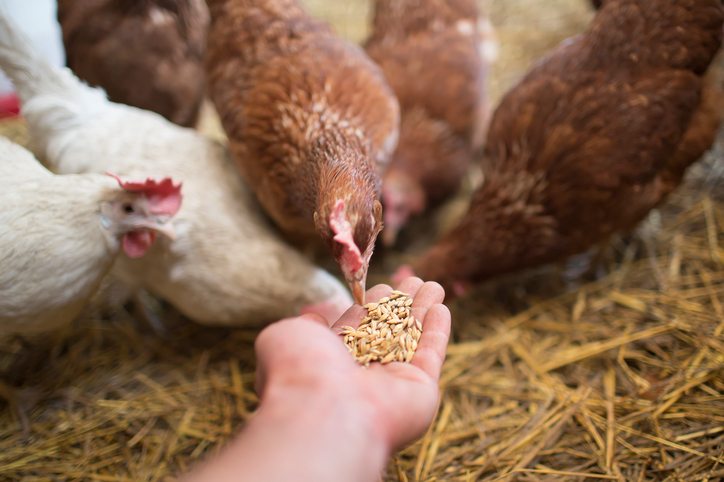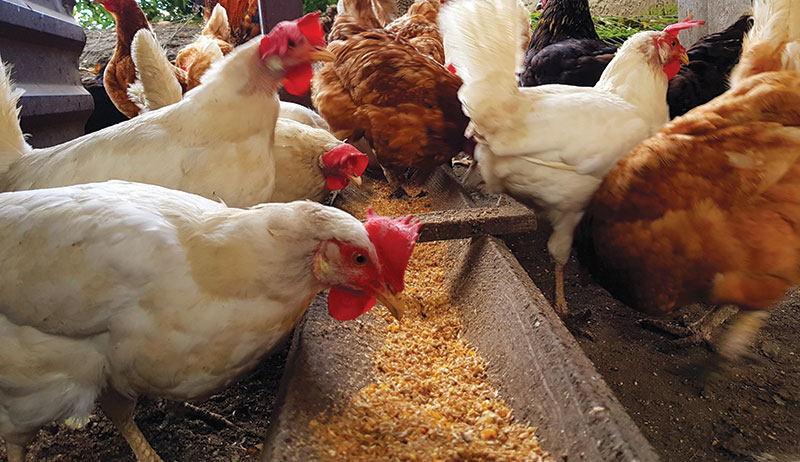Ensuring the health of your poultry is paramount, especially for those passionate about raising chickens. One significant way to boost their health is by fermenting chicken feed. But the critical question many face is what container to make fermented chicken feed. Proper containers can ensure the fermenting process is smooth and effective, leading to healthier chickens.

1. Introduction to Fermenting Chicken Feed
Fermenting chicken feed is a process that involves soaking the feed in water to allow beneficial bacteria to grow. This process improves the digestibility of the feed and enhances nutrient availability. Fermented feed can promote better gut health, more efficient nutrient absorption, and overall healthier flocks.
The Science Behind Fermentation
Fermentation is a natural process that breaks down food substances into simpler forms. During fermentation, lactic acid bacteria proliferate, producing lactic acid, which preserves the feed and makes nutrients more accessible for chickens. For detailed information on the fermentation process and bacteria involved, you can check this article on fermentation in poultry feed.

2. Benefits of Fermented Chicken Feed
Enhanced Nutrient Absorption
Fermenting feed increases the availability of vitamins and minerals. The process breaks down anti-nutrients that are naturally present in grains, making it easier for chickens to absorb essential nutrients.
Improved Digestive Health
Fermented feed is teeming with probiotics, which support a healthy gut microbiome in chickens. A balanced gut microbiome helps prevent diseases and improves overall health.
Cost-Effective
Fermented feed often leads to less waste since chickens can derive more nutrients from the same quantity of feed. This can result in significant cost savings over time.

3. Choosing the Right Container
Now, lets address the critical part: what container to make fermented chicken feed. The choice of container is crucial, as it can affect the fermentation process and the final quality of the feed.
Materials: Plastic vs. Glass vs. Stainless Steel
The most common materials for fermentation containers are plastic, glass, and stainless steel. Each has its pros and cons:
- Plastic: Lightweight and inexpensive but may absorb odors and can be less durable.
- Glass: Non-reactive and easy to clean but can be heavy and prone to breaking.
- Stainless Steel: Durable, non-reactive, and easy to clean but tends to be more expensive.
For more insights on choosing the best materials for chicken care, read this detailed guide on jumbo egg-laying chicken breeds.
Size and Shape
When selecting a container, consider the size of your flock and how much feed you need to ferment at a time. Containers with wide openings are easier to clean and often more convenient for stirring the feed.

4. Step-by-Step Guide to Fermenting Chicken Feed
Step 1: Gather Your Supplies
You will need your chosen container, water, and chicken feed. Optionally, you might want a cover to protect the feed while it ferments.
Step 2: Soak the Feed
Place the feed into the container and add water. The feed should be entirely submerged. Stir it to ensure that all the feed is soaked.
Step 3: Allow Fermentation
Leave the container in a warm place. Stir the mixture daily. Fermentation typically takes 3-4 days.
Step 4: Strain and Serve
Once fermentation is complete, strain the feed and serve it to your chickens. Watch them enjoy the nutritious meal!
5. Maintenance and Cleaning of Fermentation Containers
Proper maintenance of your containers is crucial for the health of your chickens. After each use, thoroughly clean the container to prevent the growth of harmful bacteria. Use hot water and mild detergent. Avoid harsh chemicals.
6. Troubleshooting Common Issues
Unpleasant Odors
If your fermented feed has a foul smell, it might indicate contamination. Discard the batch and thoroughly clean your container before starting a new one.
Mold Growth
Mold can spoil the feed and make it dangerous for chickens. Ensure your container is clean and the feed is entirely submerged in water during fermentation.
Conclusion
Choosing the right container to make fermented chicken feed is essential for ensuring the health and well-being of your flock. With the right container and proper technique, you can make nutritious and cost-effective feed that will keep your chickens healthy and happy.
FAQs
1. Why should I ferment chicken feed?
Fermenting feed enhances nutrient absorption, improves gut health, and can be cost-effective in the long run.
2. How long does it take to ferment chicken feed?
The fermentation process typically takes around 3-4 days.
3. Can I use plastic containers for fermentation?
Yes, plastic containers can be used, but they should be food-grade and free from any harmful chemicals.
For more information on different chicken breeds and their characteristics, visit black chicken breeds and full-size and mini-size chicken breeds.
As an Amazon Associate, I earn from qualifying purchases.









